Dupa plasarea solicitării de comandă, in sectiunea Istoric puteti vedea cate solicitări de comandă mai avem de procesat inaintea dumneavoastra
Program de lucru: Luni - Vineri 9:00 - 18:00, pauza 13:00 - 14:00.
Se efectueaza lucrari de mentenanta la site si pot aparea erori. In cazul in care intampinati erori va rugam sa reincercati mai tarziu.
Ridicarea personala este disponibila pentru comenzile achitate in avans. Se pot ridica dupa ce sunt pregatite.
No products
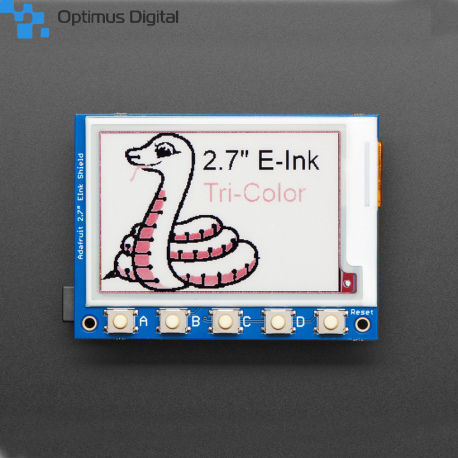 View larger
View larger
Adafruit 2.7" Tri-Color eInk / ePaper Shield with SRAM - Red Black White
P4229
New product
Easy e-paper finally comes to microcontrollers, with this breakout that's designed to make it a breeze to add a tri-color eInk display.
See description for more details about the product.
Add to cart now!
3 Items
Warning: Last items in stock!
- Write a review
- Remove this product from my favorite's list.
- Add this product to my list of favorites.
More info
Description
Easy e-paper finally comes to microcontrollers, with this breakout that's designed to make it a breeze to add a tri-color eInk display. Chances are you've seen one of those new-fangled 'e-readers' like the Kindle or Nook. They have gigantic electronic paper 'static' displays - that means the image stays on the display even when power is completely disconnected. The image is also high contrast and very daylight readable. It really does look just like printed paper!
We've liked these displays for a long time, but breakouts were never designed for makers to use. Finally, we decided to make our own!
This breakout has a 2.7" tri-color (red, black, and white) display. It has 264x176 black and red ink pixels and a white-ish background. Using our CircuitPython or Arduino libraries, you can create a 'frame buffer' with what pixels you want to have activated and then write that out to the display. Most simple breakouts leave it at that. But if you do the math, 264 x 176 pixels x 2 colors = 11.5 KBytes. Which won't fit into many microcontroller memories. Heck, even if you do have 32KB of RAM, why waste 12KB?
So we did you a favor and tossed a small SRAM chip on the back. This chip shares the SPI port the eInk display uses, so you only need one extra pin. And, no more frame-buffering! You can use the SRAM to set up whatever you want to display, then shuffle data from SRAM to eInk when you're ready. The library we wrote does all the work for you, you can just interface with it as if it were an Adafruit_GFX compatible display. You can use this shield on Arduino-compatible boards with ATmega328 all the way up to ATSAMD51 and anything in between.
For ultra-low power usages, the onboard 3.3V regulator has the Enable pin brought out so you can shut down the power to the SRAM, MicroSD and display.
We even tossed on a MicroSD socket so you can store images, text files, whatever you like to display. On the front is 4 user buttons labeled A, B, C, and D - they are all shared on the analog A3 pin so you only need one pin to determine what pin was pressed. Everything is 3 or 5V logic safe so you can use it with any and all microcontrollers.
Comes assembled and tested, with some header.
Technical Details
- Uses the IL91874 driver chip
- Dimensions (including headers): 29 x 22 x 14mm
- Weight: 19.3g
Don't delay. Buy today.
Add to cart now!
Reviews
Customers who bought this product also bought:
-
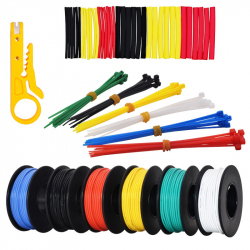
Plusivo PVC...
6 Colors of Solid Core Wire 22 AWG - Perfect...
$10.32
-
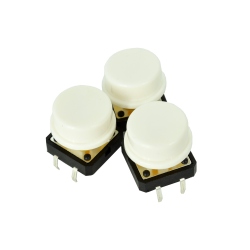
White Button...
These white round caps are designed for push...
$0.48
-
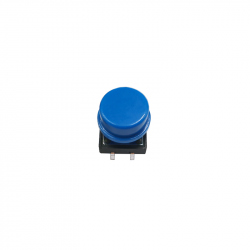
Blue Round...
Blue Round Button with Cover See description...
$0.48
-
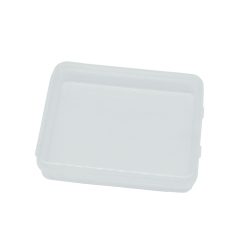
Plastic Box...
Plastic Box (11 x 9 x 2.8 cm)
$0.96
-
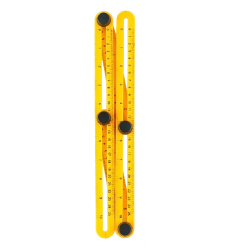
Multifunctio...
Multifunctional Angle-izer Tool See...
$2.16
-
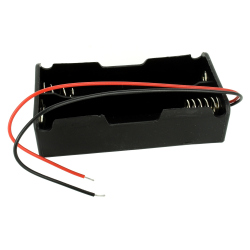
2 x 18650...
This battery case can hold 2 x 18650 3.7 V...
$0.96
-
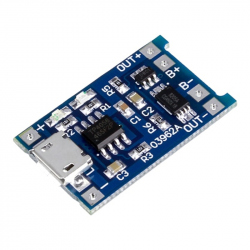
TP4056 Micro...
This is a micro USB Li Po battery charger...
$1.44
-
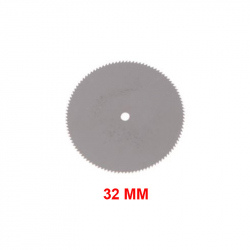
32 mm...
32 mm Stainless Steel Cutting Disc
$0.29
-
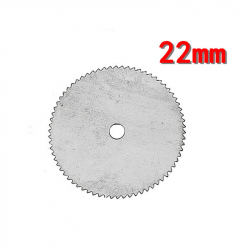
22 mm...
Suitable for timber,plastic,copper,aluminium &...
$0.24
-
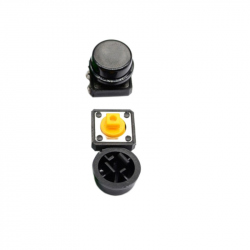
Black Button...
These black round caps are designed for push...
$0.48





